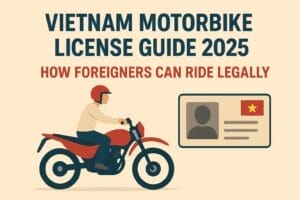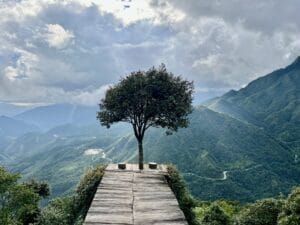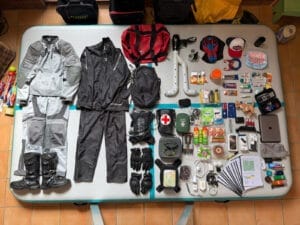7-Day Central Laos Off-Road Motorcycle Adventure | Thank You Marc & Riders from Spain
Central Vietnam is an adventurer’s paradise, offering a mix of coastal roads, historic sites, and breathtaking mountain scenery. Riders can explore the scenic Hai Van Pass, the historically significant Ho Chi Minh Trail, and the ancient charm of Hoi An. Timing is crucial for motorbike tours in Central Vietnam, as the region experiences both a dry and a wet season, which can significantly affect road conditions and sightseeing opportunities.
1. Overview of Central Vietnam’s Climate
The climate in Central Vietnam is characterized by two main seasons: the dry season and the rainy season. The coastal areas tend to be warmer, while mountainous regions can be cooler and wetter, particularly during the rainy season.
|
Season |
Months |
Average Temperature |
Characteristics |
|
Dry Season |
January – April |
22°C – 30°C (72°F – 86°F) |
Warm and dry, perfect for coastal rides and exploring historical sites. |
|
Rainy Season |
May – October |
28°C – 36°C (82°F – 97°F) |
Hot, humid, with heavy rainfall, especially in mountainous areas. |
|
Cool Season |
November – December |
20°C – 28°C (68°F – 82°F) |
Cooler temperatures with occasional showers. |
2. Best Time to Visit Central Vietnam for Motorbike Tours
The dry season from January to April is the ideal time to explore Central Vietnam on a motorbike. The weather is warm and dry, offering excellent riding conditions along the coast and through historic landmarks. November to December is also a favorable time, especially if you prefer cooler temperatures and fewer tourists.
- January to April: The warm and dry weather is perfect for exploring coastal routes like the Hai Van Pass and historical sites such as Phong Nha-Ke Bang National Park.
- November to December: Cooler weather provides a comfortable riding experience, with fewer tourists around the major attractions.
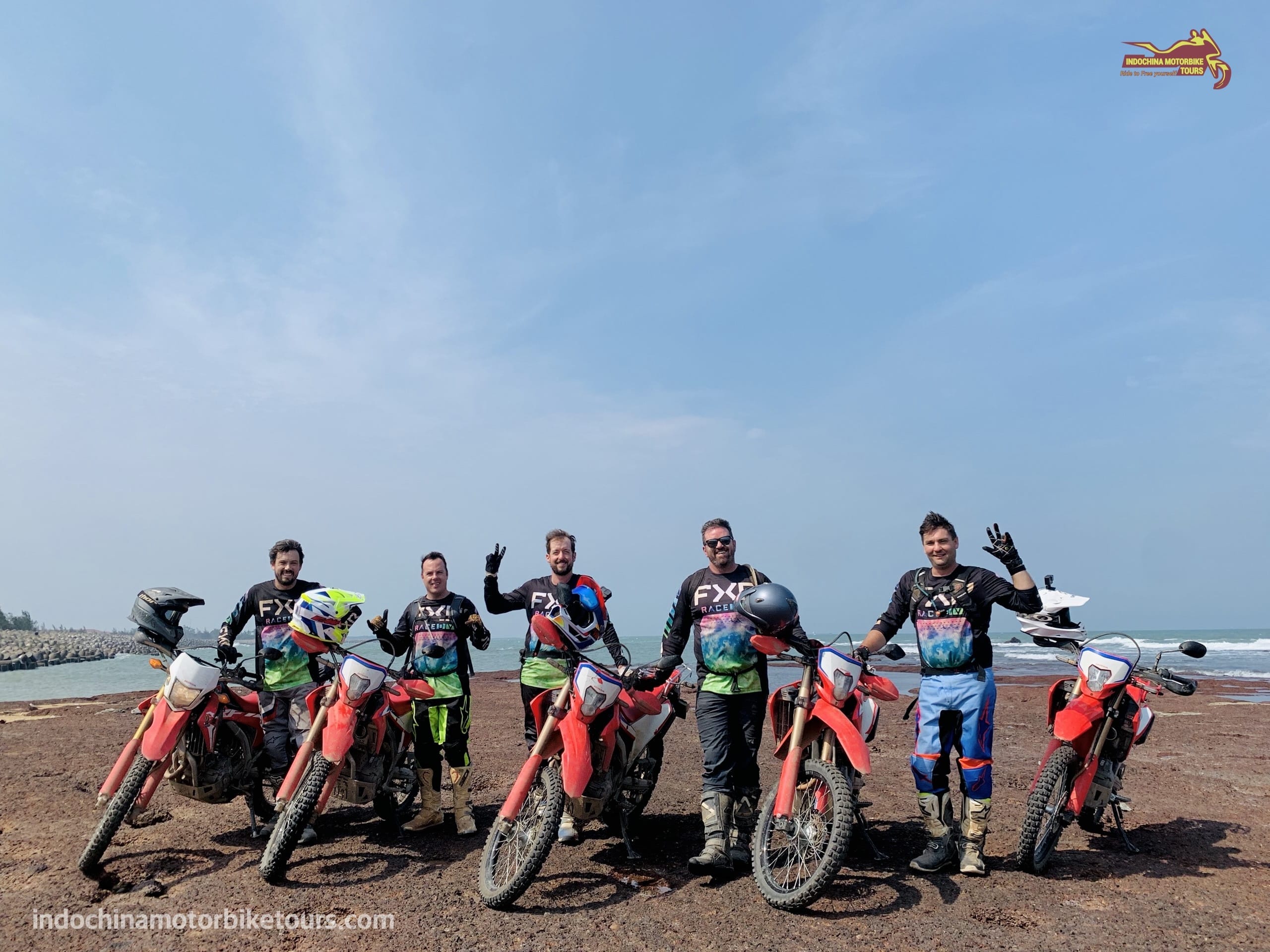
3. Must-Visit Destinations in Central Vietnam
3.1 Hai Van Pass (Da Nang to Hue)
The Hai Van Pass is one of the most iconic motorbike routes in Vietnam, offering a thrilling ride with breathtaking views of the coastline and surrounding mountains. This 21 km stretch between Da Nang and Hue is popular among both local and international riders.
- Highlights:
- Hai Van Pass: Known for its sharp curves and panoramic ocean views, this pass offers a scenic and exciting ride.
- Lang Co Beach: A serene beach perfect for a short stop along the way to cool off and relax.
- Hue: The ancient capital of Vietnam, home to the Imperial City, royal tombs, and the Perfume River.
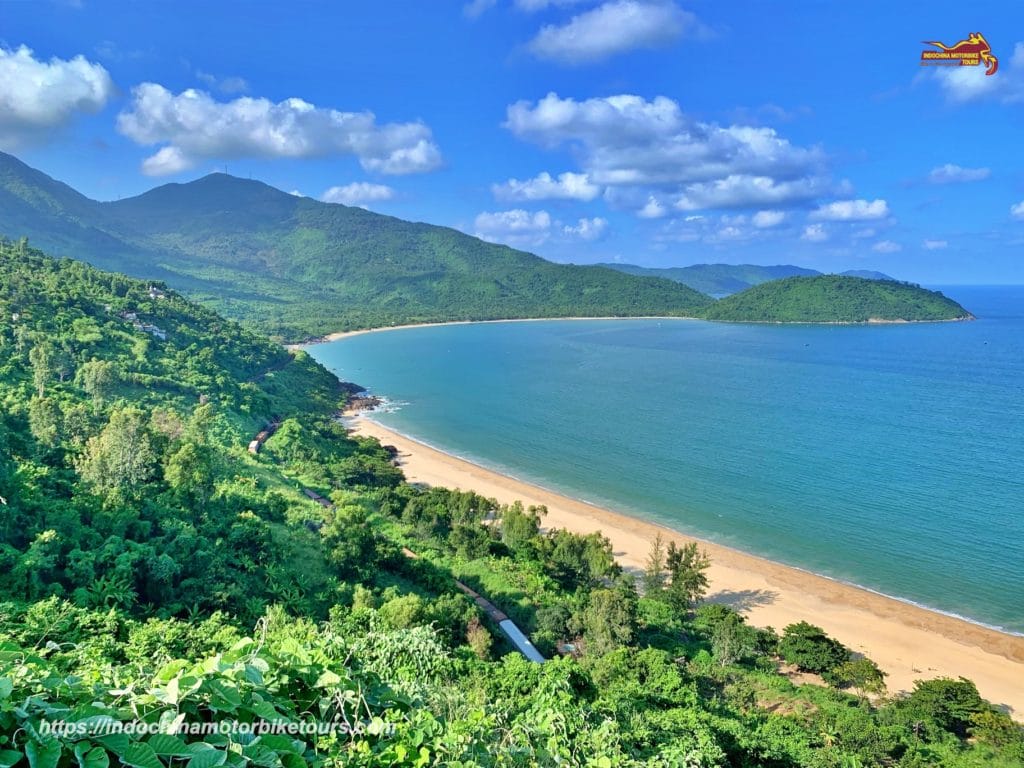
Stunning Saigon to Danang Motorbike Tour via Central Highlands
3.2 Ho Chi Minh Trail (Hanoi to Phong Nha)
The Ho Chi Minh Trail is a legendary route that played a crucial role during the Vietnam War. Today, it offers a mix of historical significance and adventure for motorbike enthusiasts.
- Highlights:
- Phong Nha-Ke Bang National Park: Home to the world’s largest cave, Son Doong, as well as the stunning Phong Nha Cave and Paradise Cave. The park is a UNESCO World Heritage Site and offers riders a chance to explore some of Vietnam’s most unique natural wonders.
- Khe Sanh Combat Base: A major site from the Vietnam War, where riders can learn about the region’s military history.
- Vinh Moc Tunnels: A complex network of underground tunnels used during the war, now open to the public for exploration.
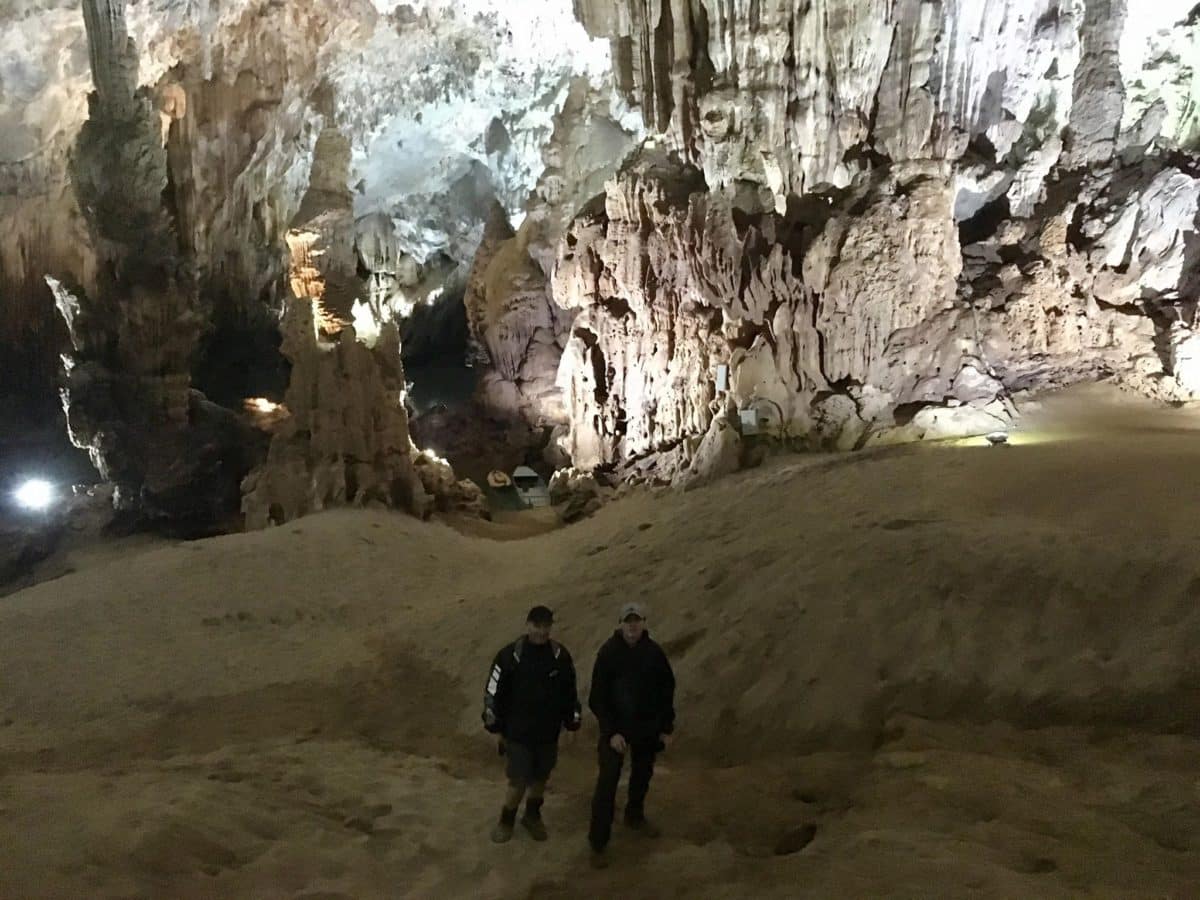
Intrepid Vietnam Motorbike Tour on Ho Chi Minh Trail from North to South
3.3 Hoi An to Quy Nhon Coastal Route
For those who prefer a scenic coastal ride, the route from Hoi An to Quy Nhon is perfect. This peaceful journey takes you along the South China Sea, past sleepy fishing villages, pristine beaches, and through lesser-known parts of Central Vietnam.
- Highlights:
- Hoi An: A UNESCO World Heritage site known for its well-preserved ancient town, colorful lanterns, and riverside charm. This is the ideal place to explore on foot before starting your motorbike journey.
- My Son Sanctuary: A cluster of ancient Hindu temples from the Champa Kingdom, located in a lush valley surrounded by mountains.
- Quy Nhon: A quiet coastal town with unspoiled beaches, famous for its seafood and tranquil vibe.
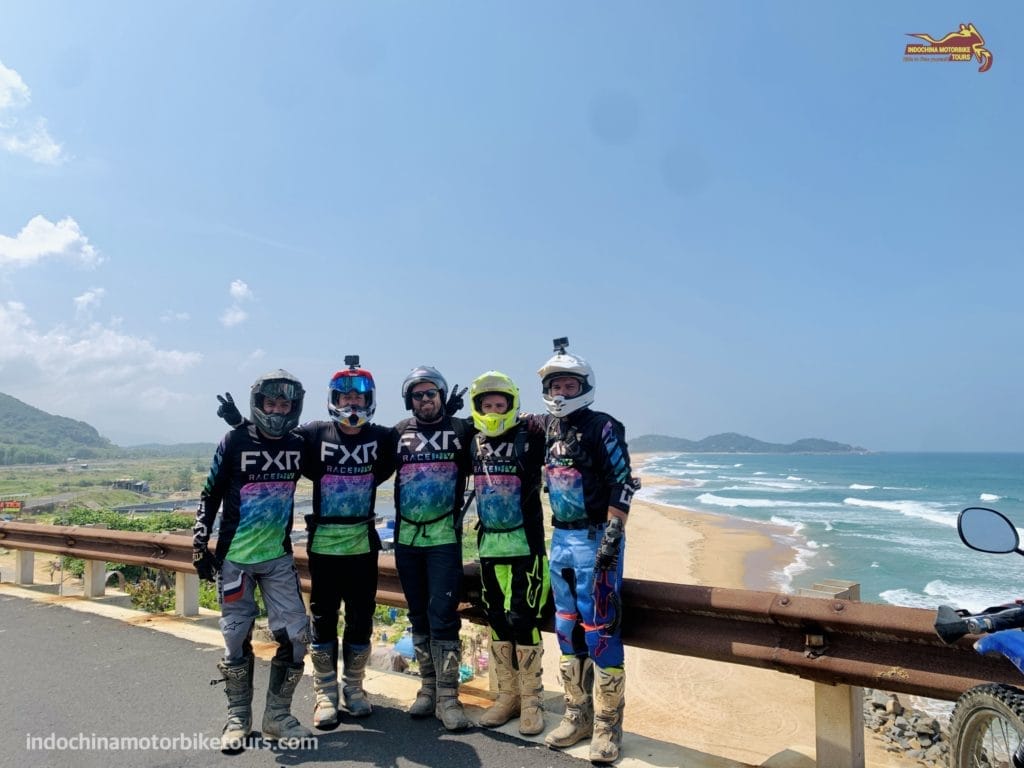
4. Activities in Central Vietnam
- Cave Exploration in Phong Nha-Ke Bang National Park: Motorbike riders can park their bikes and take guided tours through Phong Nha and Paradise Caves to witness awe-inspiring limestone formations.
- Historical Tours in Hue: Explore the ancient Imperial City and the Tombs of the Nguyen Emperors while riding along the scenic Perfume River.
- Beach Stops Along the Coastal Route: Enjoy a relaxing swim or sample fresh seafood at hidden gems like Lang Co Beach or Quy Nhon’s unspoiled coastline.
5. FAQs for Motorbike Tours in Central Vietnam
- When is the best time to ride the Hai Van Pass?
The best time to ride the Hai Van Pass is from January to April, when the weather is dry and the views are clear. This ensures safer riding conditions and the best visibility for panoramic views. - Are the roads in Central Vietnam challenging for beginners?
While some routes, like the Ho Chi Minh Trail, can be challenging, roads like the Hai Van Pass and the coastal route from Hoi An to Quy Nhon are suitable for beginners. Just ensure you’re comfortable with winding roads and plan your journey during the dry season. - What should I pack for a motorbike tour in Central Vietnam?
You’ll need a quality helmet, protective clothing, waterproof gear (especially during the rainy season), sunscreen, and a reliable map or GPS. Central Vietnam’s weather can be unpredictable, so prepare for both sunny days and occasional rain. - How long should I plan for a motorbike tour in Central Vietnam?
A tour of Central Vietnam can range from 5 days to 2 weeks, depending on how many stops you make. The Ho Chi Minh Trail typically takes 5-7 days, while shorter routes like the Hai Van Pass can be done in a single day.

